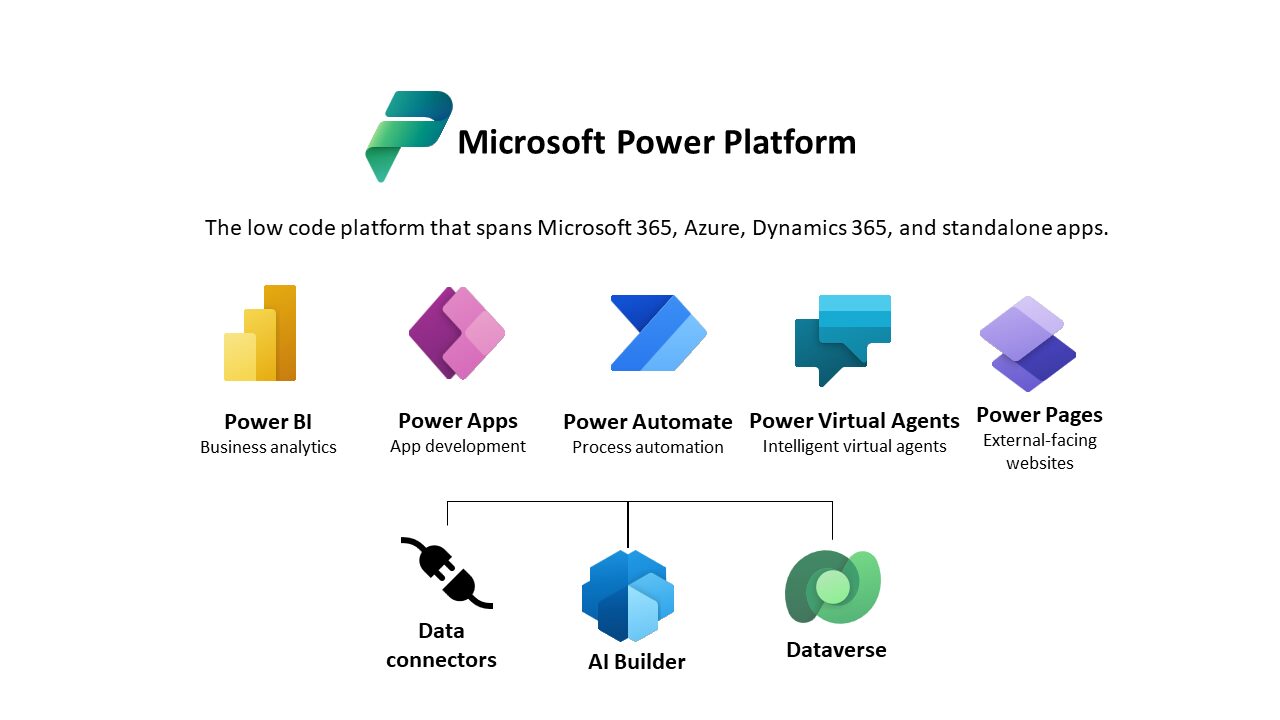Table of Contents
Integrating data across M&A companies is complicated
The agreement to merge companies or be acquired (M&A) is only the first step in integrating the two companies. An important next step is rationalizing each company’s various systems and suppliers; deciding which suppliers will be kept, which are already in place with the acquiring company, and which will no longer be required. Project managers (PMs) and business analysts are brought in to assimilate the data between these two companies. Details about 100’s of suppliers are commonly collected in Excel spreadsheets. PMs and analysts collaborate across spreadsheets, often creating new spreadsheets for each new deal. Reporting progress to executives across multiple M&A deals is complex requiring many different versions. PMs and analysts can quickly fall into “Excel hell” keeping all of the details straight and reporting in a timely and accurate manner.

Flexibility can lead to rigidity
Use of a flexible tool like Excel can reduce overall flexibility for an organization in the long run. There are many benefits to using Excel for data collection:
- Rows and columns are an easy way to structure data collection.
- It’s very easy to add a column for a variety of different data elements.
- When using Excel Online with MSFT 365 subscriptions, multiple people can collaborate on one document simultaneously.
- Users can analyze the data and create mini reports inside of Excel with no knowledge of visualization or reporting tools like Power BI
The challenge with so much flexibility is that the solution begins to become rigid and fragile as people add more and more data and begin to bend the rules of what can be collected. Adding one more column to a spreadsheet can impact downstream reporting sheets by breaking the formulas in other tabs. A project manager should be focused on meeting deadlines, not troubleshooting broken Excel formulas.
Challenges in Excel can include:
- Version control – Excel Online can see past revisions, but rolling back to a prior version could wipe out the changes and additions other users made driving frustration in other team members. Managing change across several different contributors can be difficult
- Broken formulas – The creator of the spreadsheet may tell users that no more columns should be added so that column changes don’t break other formulas. Users then begin to overload one column with a mix of data.
- Overloaded data elements – The highly structured spreadsheet begins to lose structure as users add complex additions with multiple data types in one cell. For example, “JS: 7/25/23, Tom Jones said this is incorrect”. Tom then sees the note and adds another comment in the same cell stating “TJ: 7/25/23 9am, The problem is Y”. There are now multiple different data elements in one cell. The initials of the users, the date (and time) and different notes. Ideally each of these elements should be separate columns.
- Training and workflow management – Ensuring all users know how to maintain and update a spreadsheet can be a challenge. A user will send out an email or a Teams chat message to clarify how a spreadsheet should be used (or not used) and outline the ideal workflow all users should follow. If the workflow isn’t hard coded into the spreadsheet, some don’t follow the process and the challenges build.
With dozens of users and hundreds of entries the challenges are overwhelming. The team needs a real line of business application to improve collection and reporting of data. Building an application can become nearly impossible for line of business managers. Off-the-shelf solutions may exist but can be expensive or overkill for a specific M&A process. IT may be able to build a solution but prioritizing and assigning development resources takes time and money. One application for one team will likely not be prioritized in a timely manner to support current needs.
MS Power Apps
To solve this problem, CORTAC Group developed a MSFT model-driven Power App to organize the disparate data across teams and increase structure, controls on data elements and customized workflows ensuring properly structured data. A model-driven Power App expands on capabilities from MSFT Dynamics 365 allowing users to create a customized line of business applications with no code.

Rigidity can drive flexibility
When using Model-driven Power Apps a user can tailor existing pre-built underlying tables with data entry forms, lists of data, and customizable business process flows. The data is saved in the MSFT Dataverse facilitating easy reporting in Power BI. Data can be easily structured with input controls to ensure specific types of data are collected in each cell. Date fields will only accept dates. Lookup fields can be added to ensure everyone uses the same values in each record. A business process workflow will ensure each required element is filled in before moving to the next stage. Training new users becomes simpler by having one organized system with tight controls to collect data. Reporting across M&A deals is more consistent. Since the tool is created by line of business team members, additional fields can be created as needs change, maintaining flexibility. As new companies are acquired the same application can be leveraged.
Adding additional structure through a Power App requires some upfront planning and structure which can seem daunting at first. It’s important to look at the complete lifecycle of an M&A deal. Time spent up front planning the tool and capabilities will be paid back many times over with consistent, reliable and secure data.
Contact Ted Corbett (ted.corbett@cortacgroup.com) or Barney Kinzer (barney.kinzer@cortacgroup.com) to learn more about how Power Apps may be able to help your project management of M&A integration.

